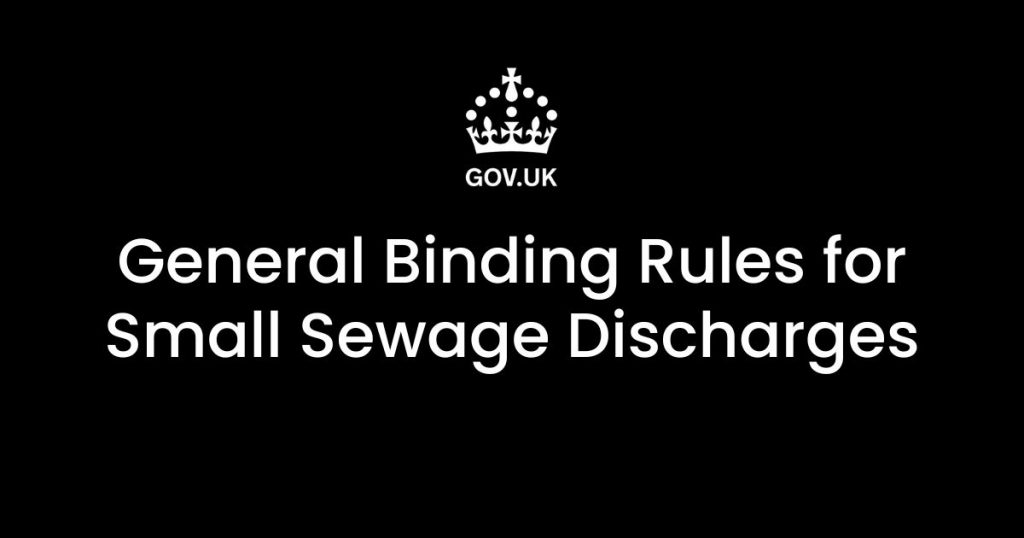
Septic tanks are an essential component of many properties across the UK, especially in rural areas where connection to the main sewer system isn’t feasible.
However, managing a septic tank isn’t just about maintenance, it’s also about compliance with legislation.
In recent years, the UK septic tank regulations have seen significant changes in the legislation governing the use of septic tanks, aimed at improving environmental protection.
Let’s dive into the details and unravel these regulations in a way that’s easy to grasp.

The principal legislation governing the use of septic tanks in England, Wales, and Northern Ireland is the ‘General Binding Rules for Small Sewage Discharges’ in England and Wales, and the equivalent in Northern Ireland.
The UK septic tank regulations legislation was revamped in 2020 to replace older, less stringent regulations.
The changes made to the UK septic tank regulations primarily target the reduction of pollution, particularly to local watercourses.
The shift from direct discharge to a drainage field is a major move towards environmental protection, as it ensures that the effluent is adequately treated before being released into the ground.
Scotland follows its own set of rules under the Scottish Environment Protection Agency (SEPA). The regulations in Scotland are outlined in the ‘Controlled Activities Regulations’ (CAR). Here’s what you need to know:
The Scottish regulations are slightly different from those in the rest of the UK, with a greater emphasis on registration and proactive pollution prevention.

The evolution of the UK septic tank regulations represents a significant step towards better environmental stewardship. Here are the major changes you need to be aware of:
For homeowners and business owners in the UK, navigating the UK septic tank regulations can be daunting. Here are some practical steps to ensure compliance:
Navigating the UK septic tank regulations may seem challenging, but it’s essential for the well-being of our environment and our health.
By understanding and complying with the UK septic tank regulations, septic tank owners can play their part in protecting the UK’s waterways and ensuring a sustainable future.
Remember, when in doubt, consult a professional – it’s always better to be safe than sorry!
Whether you’re in England, Wales, Northern Ireland, or Scotland, staying informed and proactive about your septic tank maintenance and compliance is key.
The changes in legislation reflect a growing awareness of environmental issues and a commitment to safeguarding our natural resources.
As septic tank owners, we have a crucial role to play in this effort. Let’s embrace these changes as a positive step towards a greener, cleaner future.
Remember, your septic system isn’t just a hidden infrastructure, it’s an active part of your property’s ecosystem and the wider environment.
Treat it with care, and it will serve you well, while also protecting our precious natural world.
Stay compliant, stay green, and happy septic tank managing!